What are the common coffee beans? coffee beans with relatively low acidity are recommended.
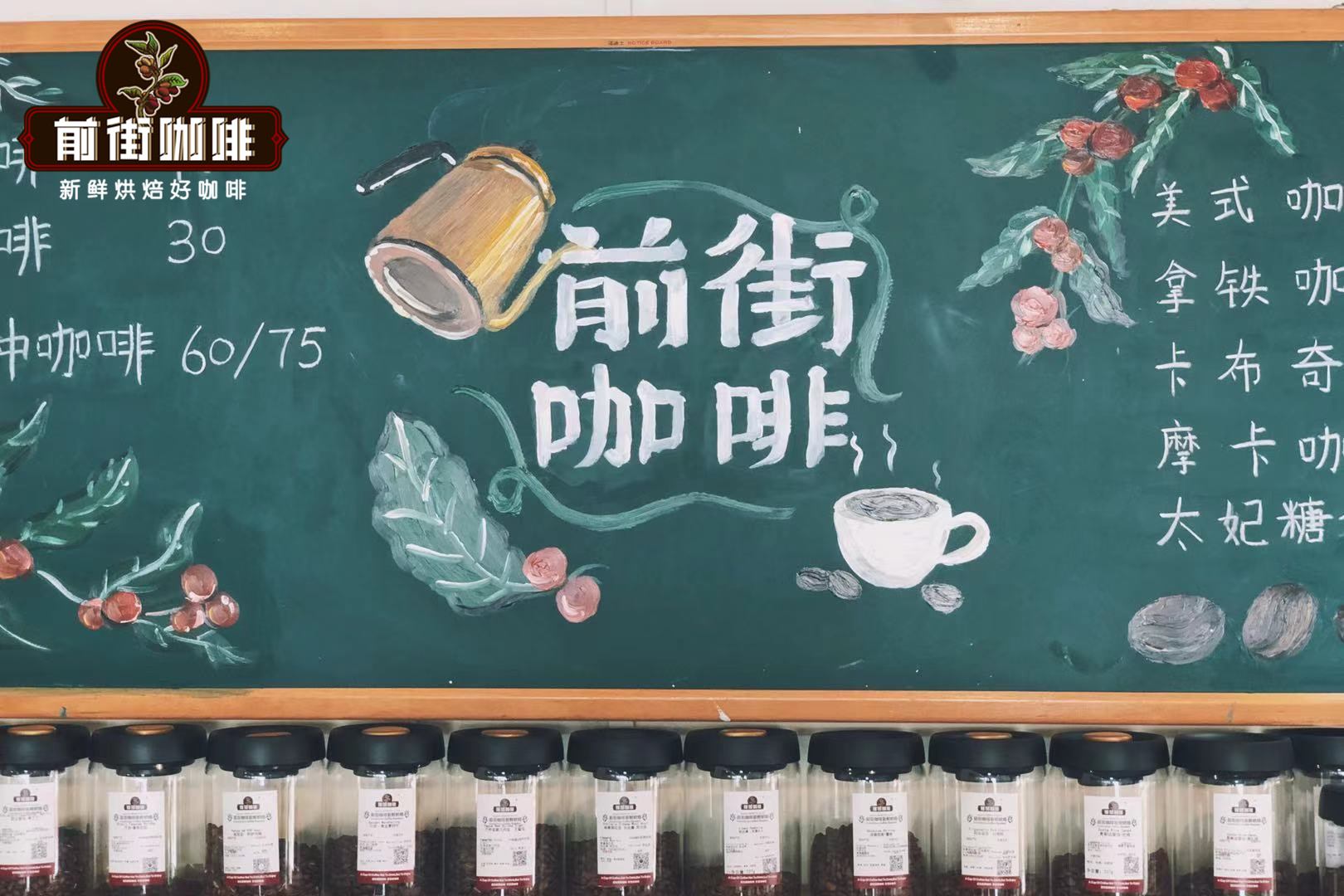
Professional coffee knowledge exchange more coffee bean information please follow the coffee workshop (Wechat official account cafe_style)
With the third wave of high-quality coffee, in terms of the flavor of coffee beans alone, there are different flavors, such as flower, fruit, cocoa, nuts and so on. Qianjie Coffee this article introduces common types of coffee.
In terms of varieties, the most common are Arabica coffee beans and Robusta coffee beans. Arabica coffee beans are relatively good beans, usually showing floral and fruit flavors, is the most widely commercially cultivated variety, accounting for 70% of the world's cultivation. Arabica coffee is generally grown at higher elevations.
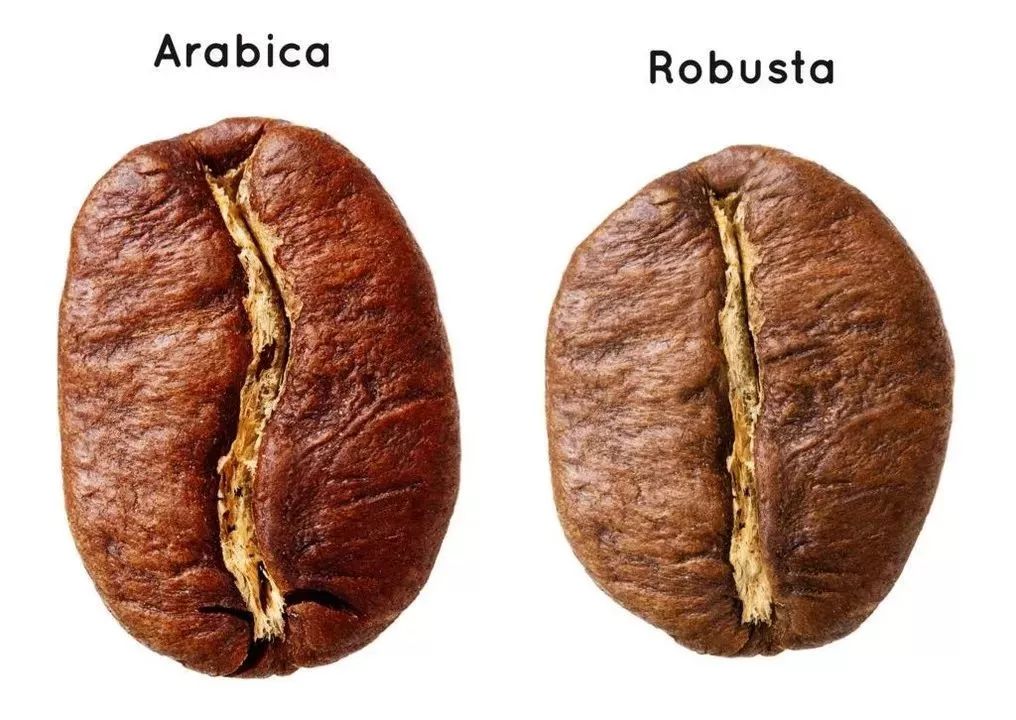
Robusta coffee beans are born without the elegant aroma unique to Arabica beans, replaced by a fuller and lower taste, as well as walnut, peanut, hazelnut, wheat, grain and other flavors, but its vitality is stronger than Arabica, its altitude is relatively low, disease and insect resistance is strong, and its unit yield is higher than Arabica. It currently accounts for 30% of global cultivation and is generally used as a raw material for espresso blending and instant coffee.
Arabica coffee family
Today, 70% of the coffee grown in the world is Arabica coffee beans, and Arabica coffee beans are subdivided into many varieties. Here are some of the more common Arabica coffee:
Iron pickup coffee beans
Iron pickup is one of the oldest native varieties in the world. The top leaf of the iron pickup is bronzed, the bean body is oval or thin, and the flavor is elegant, but the physique is weak, the disease resistance is poor and the fruit yield is low. Iron pickups have been found in almost all the areas where Arabica coffee can be grown, and many famous coffee beans, such as the Blue Mountains of Jamaica, Mantenin of Sumatra, and Kona of Hawaii, belong to iron pickups.
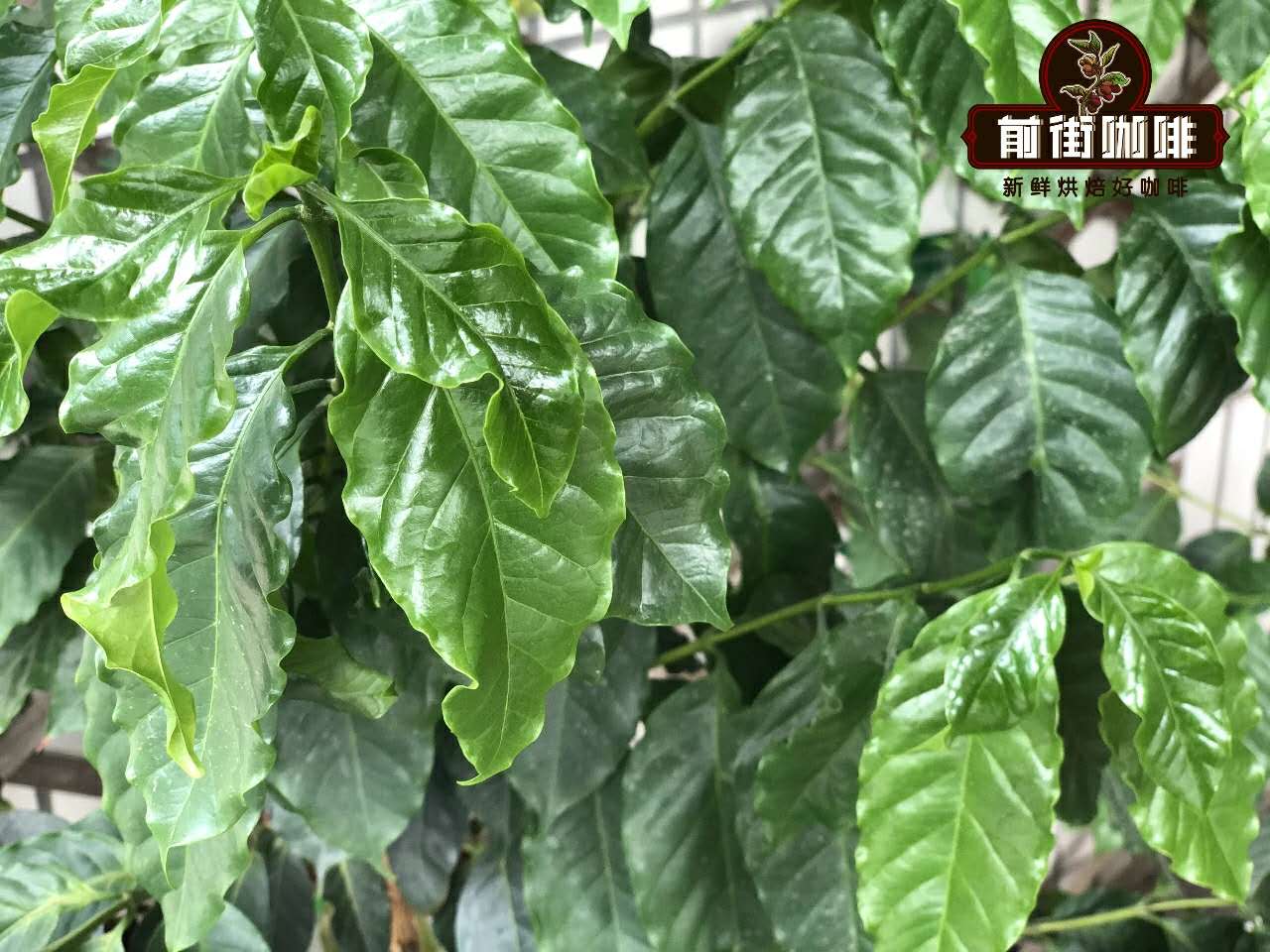
Bourbon coffee beans
Red bourbon is what we call bourbon species. The coffee fruit appears wine red when it is ripe, and the bean body of the coffee bean is round. Planted in bourbon at high altitude, it usually has a better aroma and bright acidity, and tastes like red wine.
There are many varieties derived from bourbon, among which the lineal varieties are yellow bourbon, pink bourbon, Kaddura and so on.
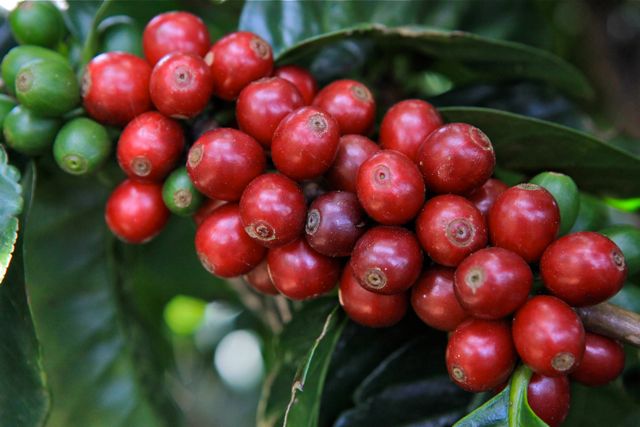
After ripening, the fruit of yellow bourbon is not as red as ordinary coffee fruit, but yellow. It was first discovered in Brazil in 1930 and is now mainly grown in Brazil. It is generally believed that it may have been mutated by a cross between a bourbon with red fruit and a variety of iron pickup with yellow fruit called "Amerelo de Botocatu" (discovered in Sao Paulo in 1871). Because of its low yield and relatively intolerant to wind and rain, it has not been widely planted. However, when planted in high altitude areas, it will have excellent flavor performance, which is more common in recent years.
For example, the Brazilian Queen Manor Yellow bourbon of Qianjie Coffee presents a sweet and soft fruit flavor, obvious nutty flavor, balanced and supple acidity, weak and clean bitterness, rich chocolate aroma and nutty flavor, bright and refreshing taste.
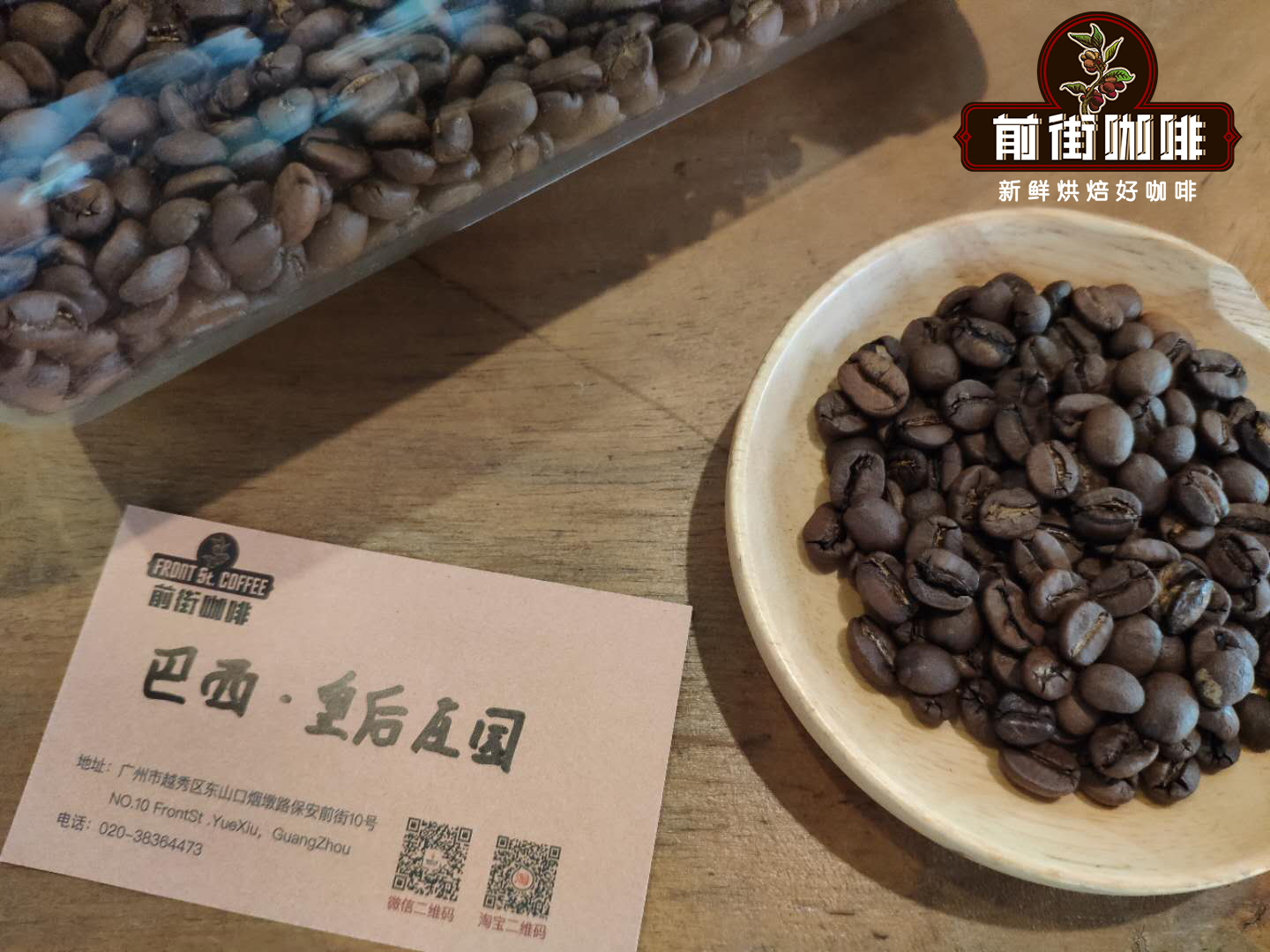
Pink bourbon coffee fruit appears pink when it is ripe. It is a very rare new variety, which is bred by the cross between red bourbon and yellow bourbon. The reason why pink bourbon is a rare variety, mainly because it is difficult to maintain this beautiful pink, sometimes harvest some orange bourbon, that is because the color of coffee fruit is ultimately determined by recessive genes in pollen grains.
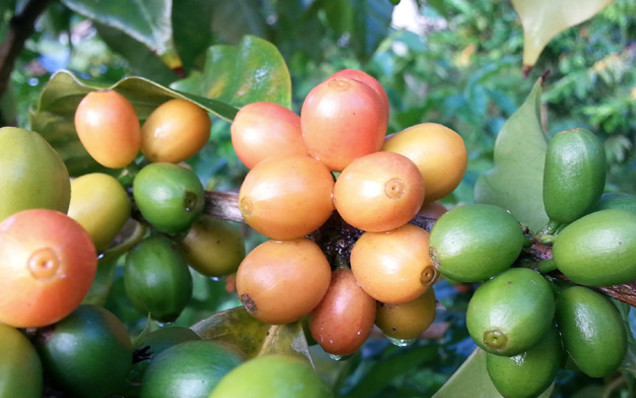
Among the selected pollen grains to be crossed, there are both yellow genes inclined to yellow bourbon and red genes inclined to red bourbon, and these are recessive genes, which are very easy to interfere with each other. Pink bourbon is not easy to produce, in addition, pink bourbon is very similar to immature red bourbon, is not easy to recognize, and is often mixed together, which is why pink bourbon is rare.
Pink bourbon has fresh floral aromas, sweet fruit juices of blueberries and green grapes, cherry aromas in the middle, yellow sugar-like sweetness in the end, and more citrus berry complex in terms of acidity. At present, it is mainly grown in Colombia and Guatemala.
Kaddura coffee beans
Kaddura, a single gene variant of bourbon, was found in Brazil in 1937. It has better production capacity and disease resistance than bourbon, and the tree is shorter and easier to harvest. Unfortunately, like bourbon, it has the periodic problem of production capacity fluctuation every two years. However, its flavor is similar to that of bourbon beans, and what is more important is that it is highly adaptable and does not need shade trees, so it is also known as Sun Coffee, which can adapt to high-density planting, but it must be fertilized more and increase the cost, so the acceptance of coffee farmers is not high in the initial stage.
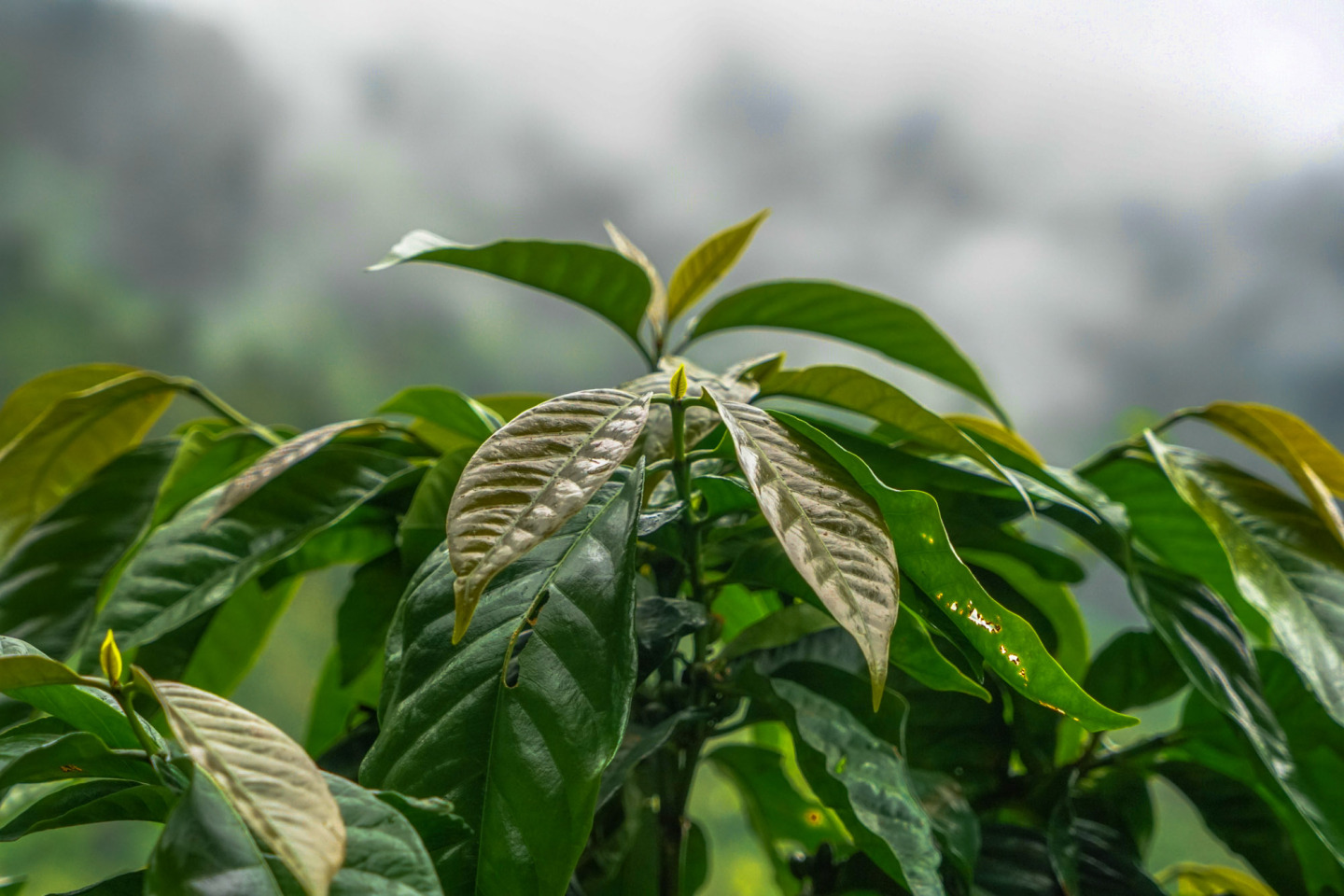
As soybean prices soared in the 1970s, farmers switched to Kaddura to increase yields, which were popularized by the Brazilian and Colombian authorities. Farmers began to plant Kaddura in a comprehensive way. By 1990, 14 million bags of coffee beans could be harvested in a 1 million-hectare coffee-growing area, an increase of 60% in production capacity, making Kaddura popular with Central American countries.
Kaddura is suitable for planting at a low altitude of 700m to a high altitude of 1700 m, with strong adaptability, but the higher the altitude, the better the flavor and the yield will be relatively reduced. Kaddura is full of fruit tonality and berry flavor.
SL28 & SL34
SL28 is one of the famous coffee varieties in Africa. SL28 was selected and cultivated by the former Scott Agricultural Laboratory (now the National Agricultural Laboratory). This variety has good drought resistance, tolerance to drought, diseases and insect pests, suitable for planting in middle and high altitude areas, but vulnerable to common diseases. SL28 has a mixed pedigree of French missionaries (bourbon), mocha and Yemeni Tibica.
SL34 was also selected and cultivated by the former Scott Agricultural Laboratory in the late 1930s. At that time, the researchers selected trees prefixed with SL in the plantation to study their yield, quality, drought resistance and disease resistance. SL28 and SL34 are the excellent varieties selected from them. SL34 is suitable for growing at high altitudes with good rainfall, but it is also vulnerable to a variety of common coffee diseases. A major feature of SL34 is that most of the leaf tips on the plant are dark brown (some studies have selected seeds from iron pickups), and only a few are green.
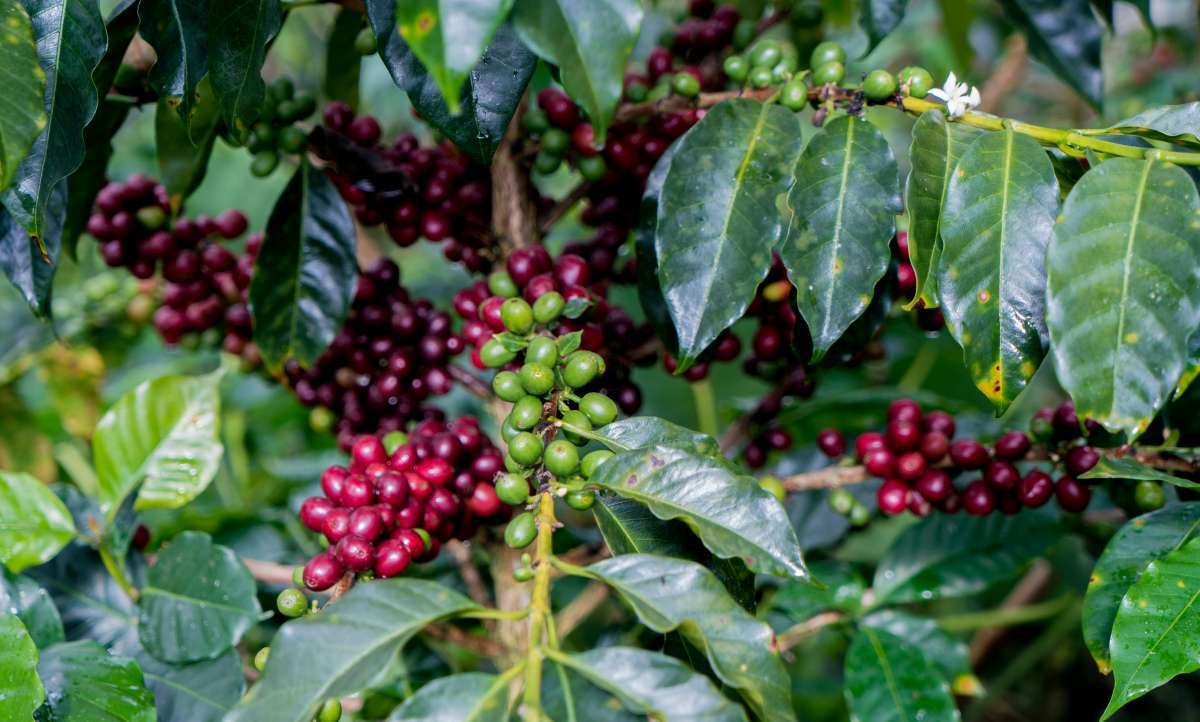
The flavor of SL28 is similar to that of SL34, but SL34 has richer acidity and stronger taste. However, both varieties have a unique Kenyan flavor with rich acidity and a well-balanced taste.
Kaduai coffee beans
Kaduai is an Arabica hybrid. It is a hybrid of Mundo Novo Mondonovo (New World) and Caturra Kaddura. It has a good ability to resist natural disasters, especially wind and rain. It inherits the advantages of Kaddura's low stature and changes Mondonwood's shortcomings. Another advantage is that the result is solid, and it is not easy to fall off when the strong wind blows, which makes up for the weakness of Arabica fruit, but the overall flavor is more monotonous than Kaddura, monotonous and less mellow, which is the greatest pity. In addition, the fruit growth and harvest life is only about ten years, and the short life span is also one of the weaknesses.
After its official release in the 1970s, it was extended to Central American countries, widely cultivated in Guatemala, Honduras, Panama, and Brazil of origin. Simply considering the flavor, under the appropriate local conditions and treatment, Kaduai can have a quite wonderful flavor.
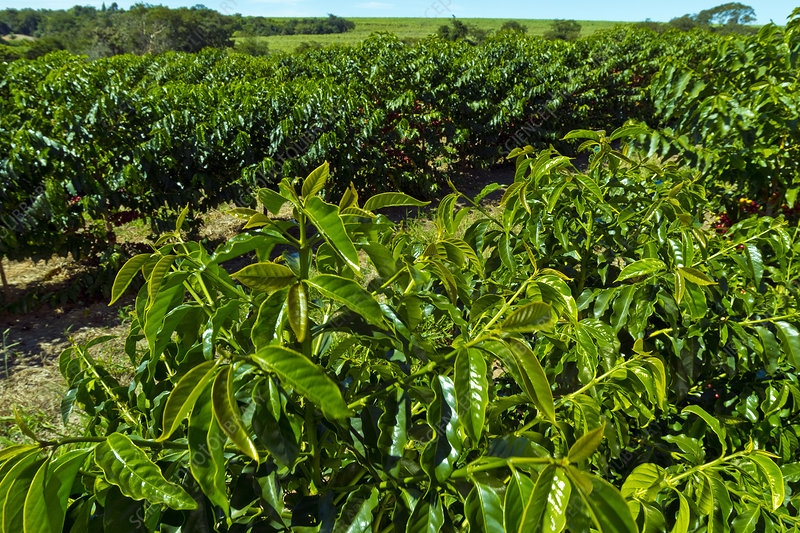
Rose summer coffee beans
The variety Geisha was discovered in the forests of Ethiopia in 1931. Rosa was then sent to the Coffee Institute in Kenya, introduced to Uganda and Tanzania in 1936, Costa Rica in 1953 and Panama in 1970.
At first, little attention was paid to Rose Summer, until the Panamanian Emerald Manor, also known as Panama Geisha Hacienda La Esmeralda, separated it from other varieties in 2003 and became the winner of the BOP competition in 2004. The rose summer variety officially entered everyone's line of sight. Nowadays, Rosa coffee is almost synonymous with good coffee. Rosa coffee generally shows fragrant white flowers, comfortable citrus acidity, and sweet honey.
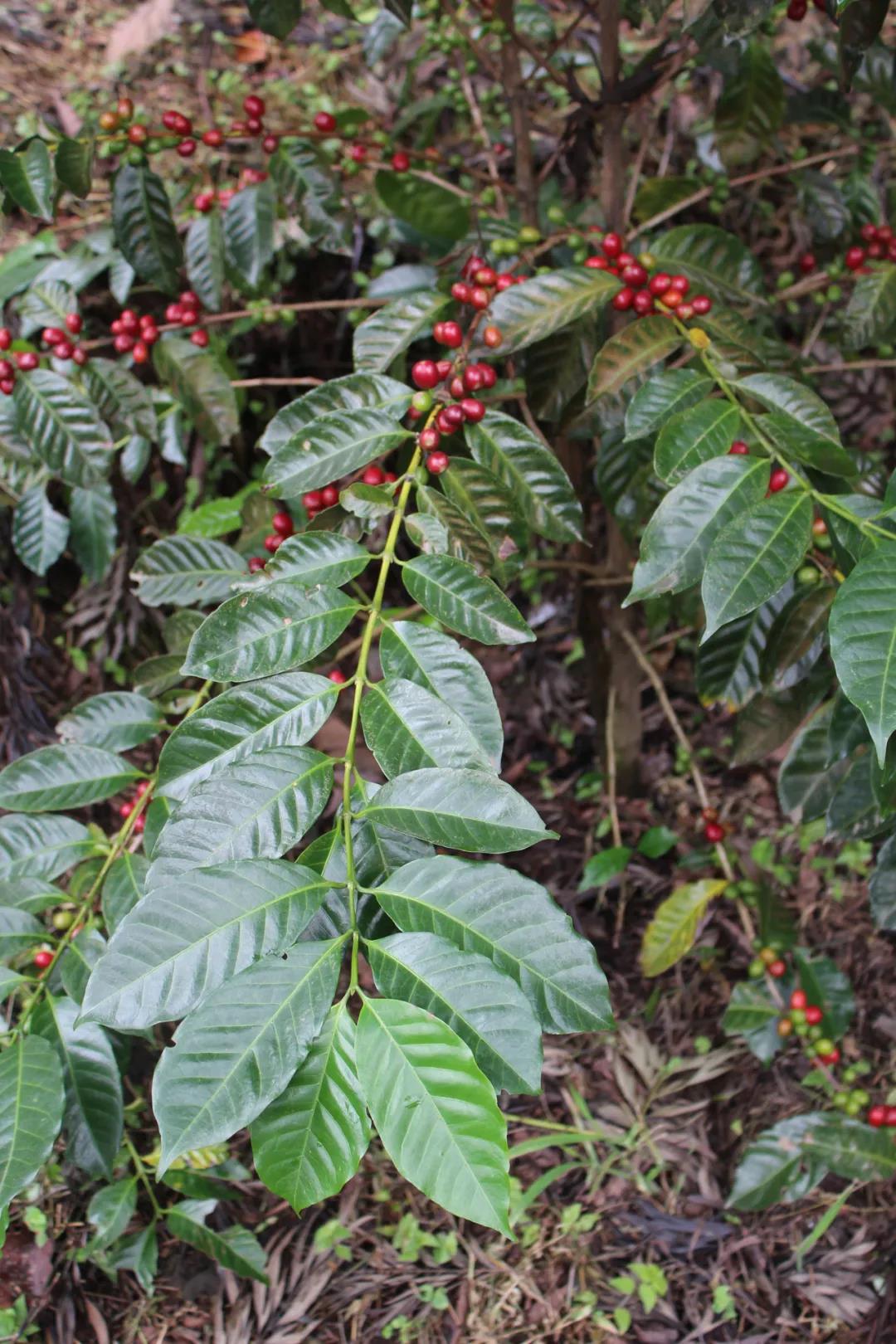
So, do you recommend any coffee beans with low acidity?
The flavor of coffee is inseparable from the variety of coffee, the way of treatment, the degree of roasting and other factors. In front of the street, we will introduce some low-acidity coffee for everyone to choose from:
① Front Street Coffee, Bach, Costa Rica
Producing area: Carnett Manor, Tara Pearl, Costa Rica
Treatment method: raisin honey treatment
Planting altitude: 1980 m
Variety: Kaddura, Kaduai
Flavor description: raisin, sweet-scented osmanthus, sweet orange, berry, pineapple
Musician series Bach this bean is treated with raisin honey. This is to dry the whole coffee fruit in the sun for 72 hours, then peel the coffee fruit like a raisin, and then retain 100% pectin to sun again, including the fermented wine aroma of the sun, the clean taste of washing and the sweetness of honey treatment. After the medium-light roasting of the coffee in front street, it shows the sweetness of raisins and the sense of wine fermentation.
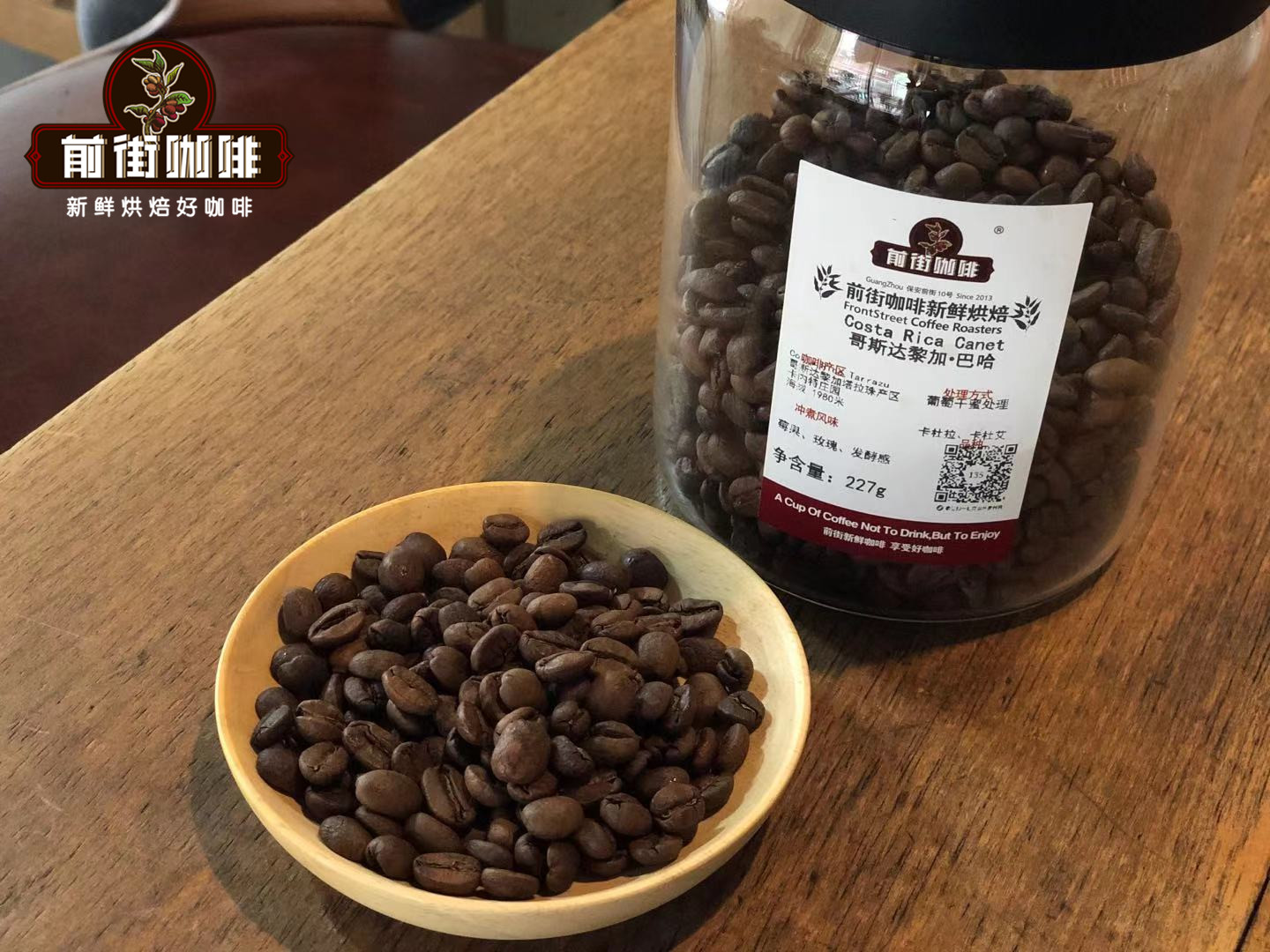
② Front Street Coffee Queen Manor of Brazil
Producing area: Morgiana producing area
Manor: Queen's Manor Fazenda Rainha
Altitude: 1400Muth1950m
Variety: yellow bourbon
Treatment: sun treatment
The moderate baking of this bean seed in the front street, under this baking degree, the Brazilian queen has an obvious sweet taste, but not so boring sweet, with a hint of lemon aroma in the background, this aroma is more prominent in the wet fragrance stage, the latter performance has an obvious taste of dark chocolate, the overall feeling is more round, reflecting the overall characteristics of Brazil, but also lively.
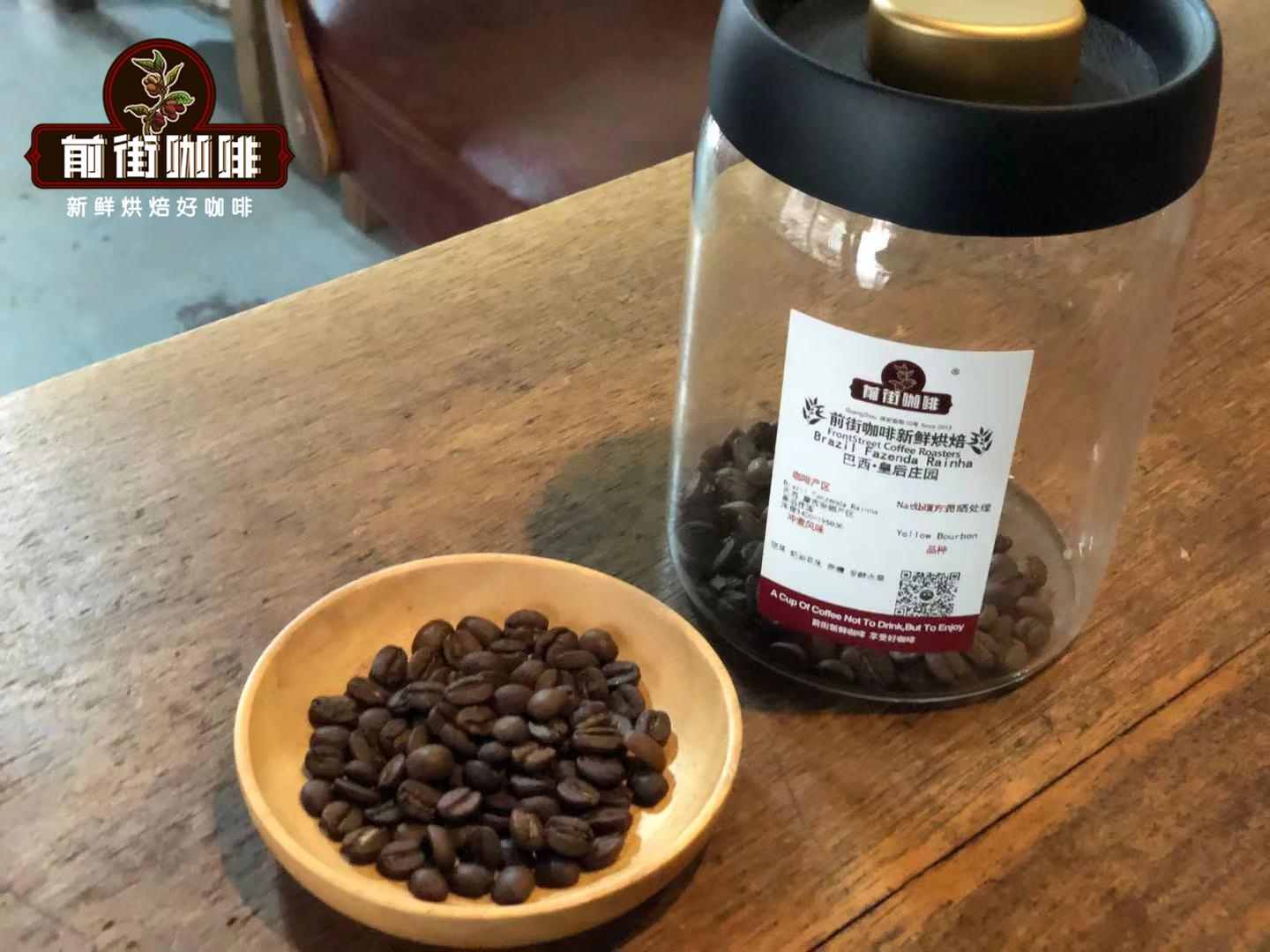
③ Qianjie Coffee Indonesia PWN Gold Manning
Producing area: Aceh Jiayu Mountain in Sumatra
Altitude: 1100-1600 m
Variety: Ateng
Grade: G1, 3 times hand selection
Treatment method: wet planing method
Golden manning coffee beans come from Lake Tawa in the Gaio Mountains in northwest Sumatra. Since the discovery of Mantenin, the Japanese have been very attentive to this coffee bean, and in the process of cooperation with local raw bean merchants, they have developed a strict screening system. After the processed raw beans have been screened by density color separation, they have to pick the beans manually four times. Finally, Mantenin, which has the same color and uniform bean shape, is presented. It is said that when dealing with raw beans, the sunlit mantenin gives off a golden luster, so it is named golden manning.
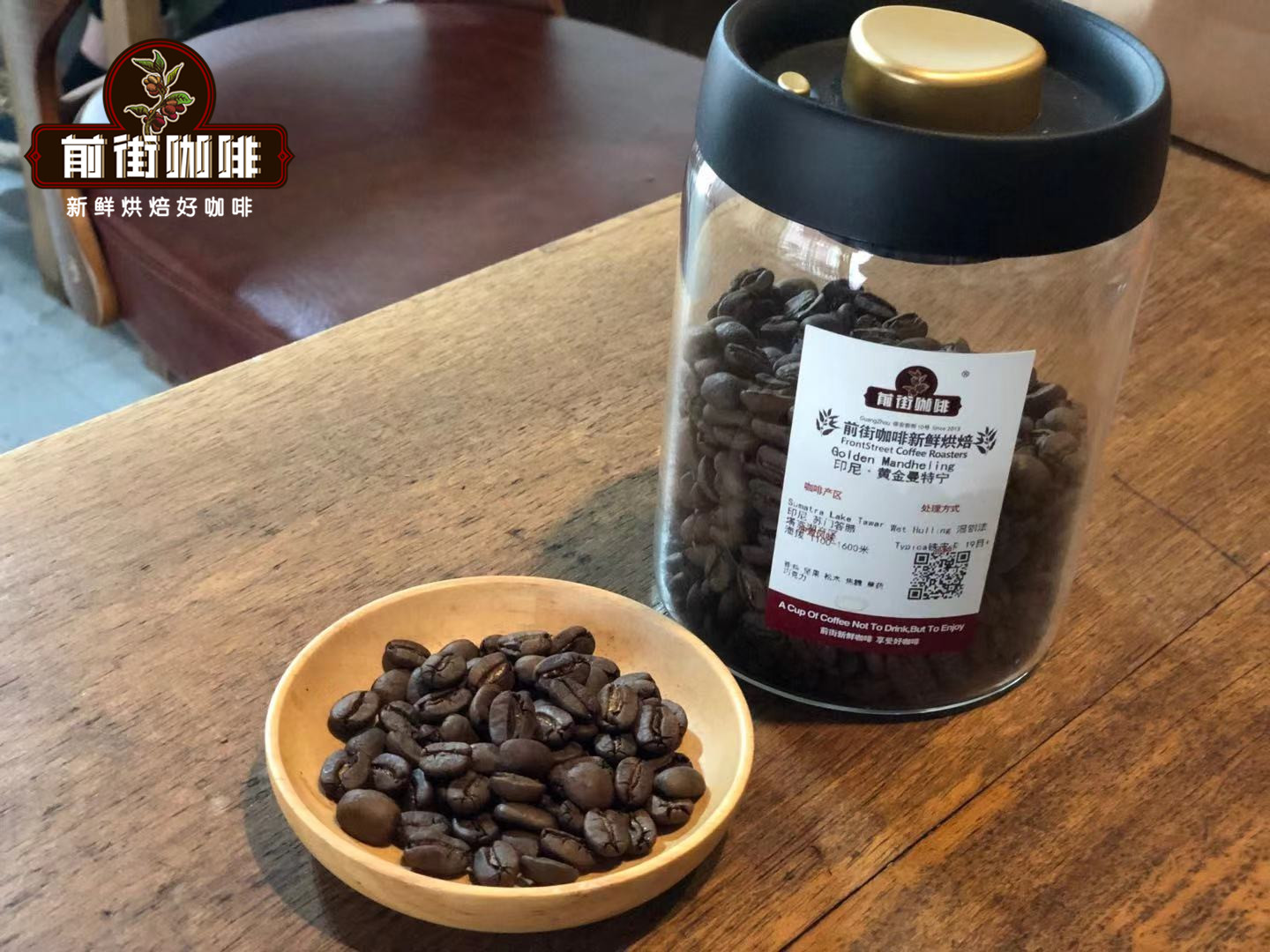
The specification of Gold Manning is more than 18 mesh, and there are less than 3 defective beans (300g raw bean samples). It belongs to the highest grade G1, the color is dark green, and it is a neat flat bean. After strict screening of Golden Manning, Qianjie Coffee not only does not have the unique soil flavor of ordinary Mantenin, but also tastes cleaner and brighter, and the fragrance and sweetness is stronger.
However, the registration of gold manning as a trademark is not a Japanese company, but PWN (Pwani Coffee Company), an Indonesian local company that partnered with Japanese companies to export Mantenin coffee beans, while Japanese companies are registered as "Gold Top Mandheling", that is, Dingshang Gold Mantenin. Qianjie Coffee believes that there is little difference in flavor performance between the two, but due to different brands and different marketing strategies, it is also possible to lead to a change in public opinion, so which of the two gold manning is better or worse.
For more boutique coffee beans, please add private Qianjie coffee on Wechat. WeChat account: kaixinguoguo0925
Important Notice :
前街咖啡 FrontStreet Coffee has moved to new addredd:
FrontStreet Coffee Address: 315,Donghua East Road,GuangZhou
Tel:020 38364473
- Prev

Which kind of coffee bean has a unique flavor and tastes good?
Cuban Crystal Mountain Coffee (Cubita Coffee) in Cuba, the cultivation of coffee is regulated by the state. The best coffee growing area in Cuba is located in the Central Mountains. Because this area not only grows coffee, but also produces quartz, crystal and other precious minerals, it is also known as Crystal Mountain. At present, Crystal Mountain Coffee is synonymous with top Cuban coffee. Crystal Mountain and Jamaica
- Next

What are the different characteristics of coffee taste?
Large coffee / small coffee / espresso (Grosser/kleiner Brauner/Schwarzer): fine Italian coffee with a little cream or milk. Sugar depends on your taste. , Milk Coffee (Melange): half black coffee and half hot milk, sometimes with mixed cream, the vessel is a large coffee mug. The authentic method of deployment when the Turks besieged Vienna in the 17th century. 、
Related
- Does Rose Summer choose Blue, Green or Red? Detailed explanation of Rose Summer Coffee plots and Classification in Panamanian Jade Manor
- What is the difference between the origin, producing area, processing plant, cooperative and manor of coffee beans?
- How fine does the espresso powder fit? how to grind the espresso?
- Sca coffee roasting degree color card coffee roasting degree 8 roasting color values what do you mean?
- The practice of lattes: how to make lattes at home
- Introduction to Indonesian Fine Coffee beans-- Java Coffee producing area of Indonesian Arabica Coffee
- How much will the flavor of light and medium roasted rose summer be expressed? What baking level is rose summer suitable for?
- Introduction to the characteristics of washing, sun-drying or wet-planing coffee commonly used in Mantenin, Indonesia
- Price characteristics of Arabica Coffee Bean Starbucks introduction to Manning Coffee Bean Taste producing area Variety Manor
- What is the authentic Yega flavor? What are the flavor characteristics of the really excellent Yejasuffi coffee beans?

